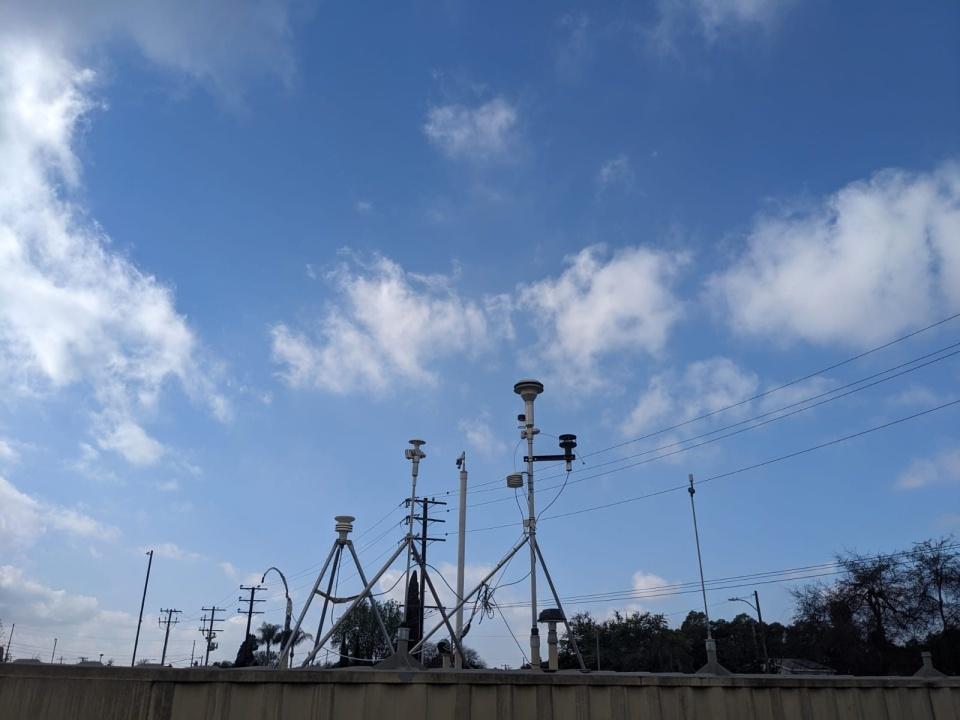
As the Los Angeles fires quickly spread starting January 7, with wind gusts approaching 100 mph, scientists observed a 110-fold rise in airborne lead levels. This spike had receded by January 11.
The fires enabled the first real-time data on airborne lead, thanks to a pioneering air quality measurement network known as Atmospheric Science and Chemistry (ASCENT), a nationwide initiative funded by the National Science Foundation, operating in 12 sites across the U.S.
ASCENT measured tiny particles smaller than 2.5 micrometers in diameter (PM2.5) — small enough to enter the lungs and bloodstream. Unlike typical wildfires that burn natural materials such as grass and trees, the Eaton Canyon and Palisades fires burned through infrastructures like homes, including painted surfaces, pipes, vehicles, plastics, and electronic equipment. This raised concerns about the toxicity of these particles in the air, especially since many of the buildings were constructed before 1978, when lead paint was still commonly used.
“Our work through ASCENT has provided us with new insights into the air we breathe, with unprecedented levels of detail and time resolution,” said ChBE/EAS Professor Sally Ng, who is the network’s principal investigator,
This research has been published in the CDC’s Morbidity and Mortality Weekly Report.
Read Full GT Story